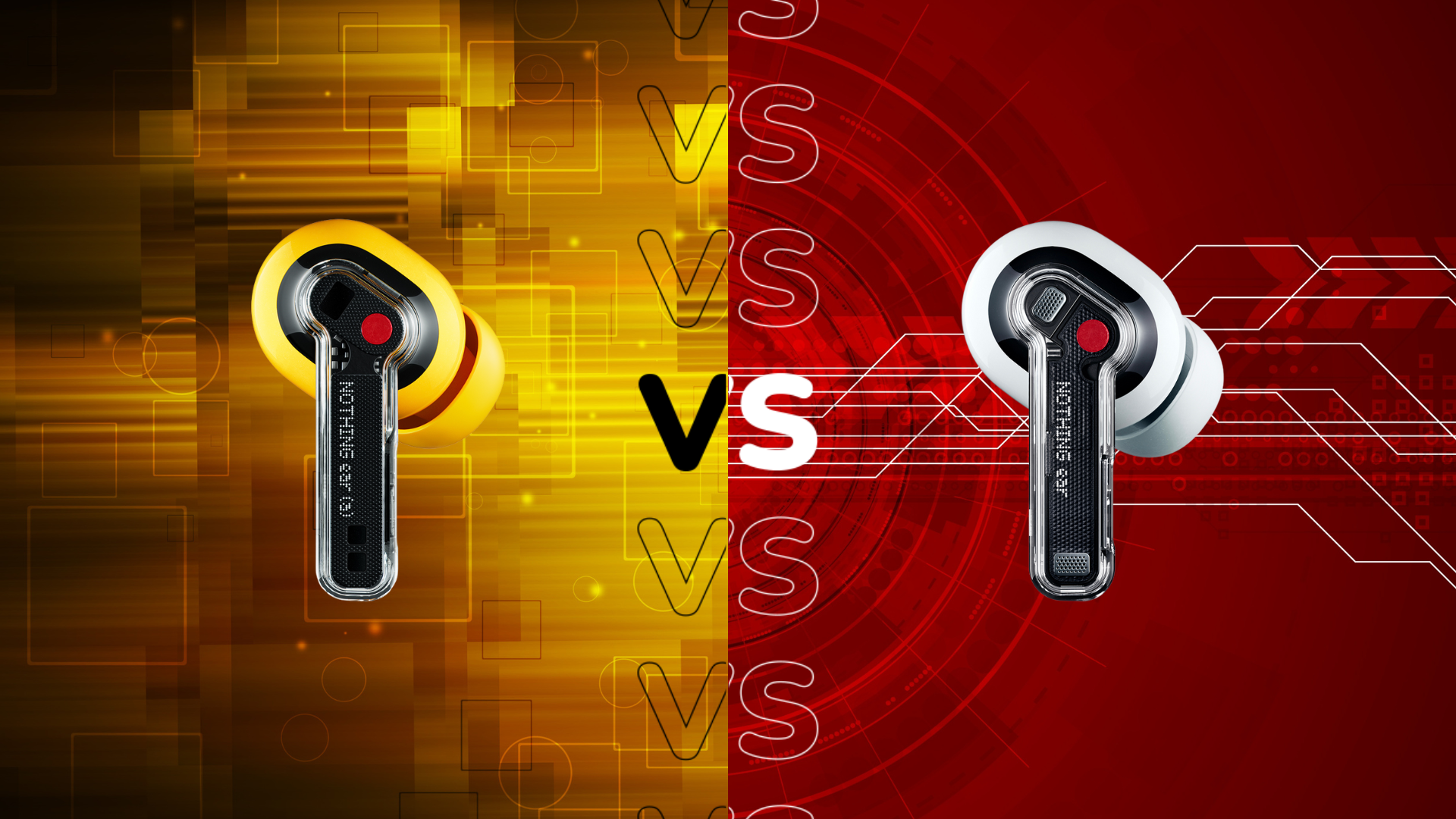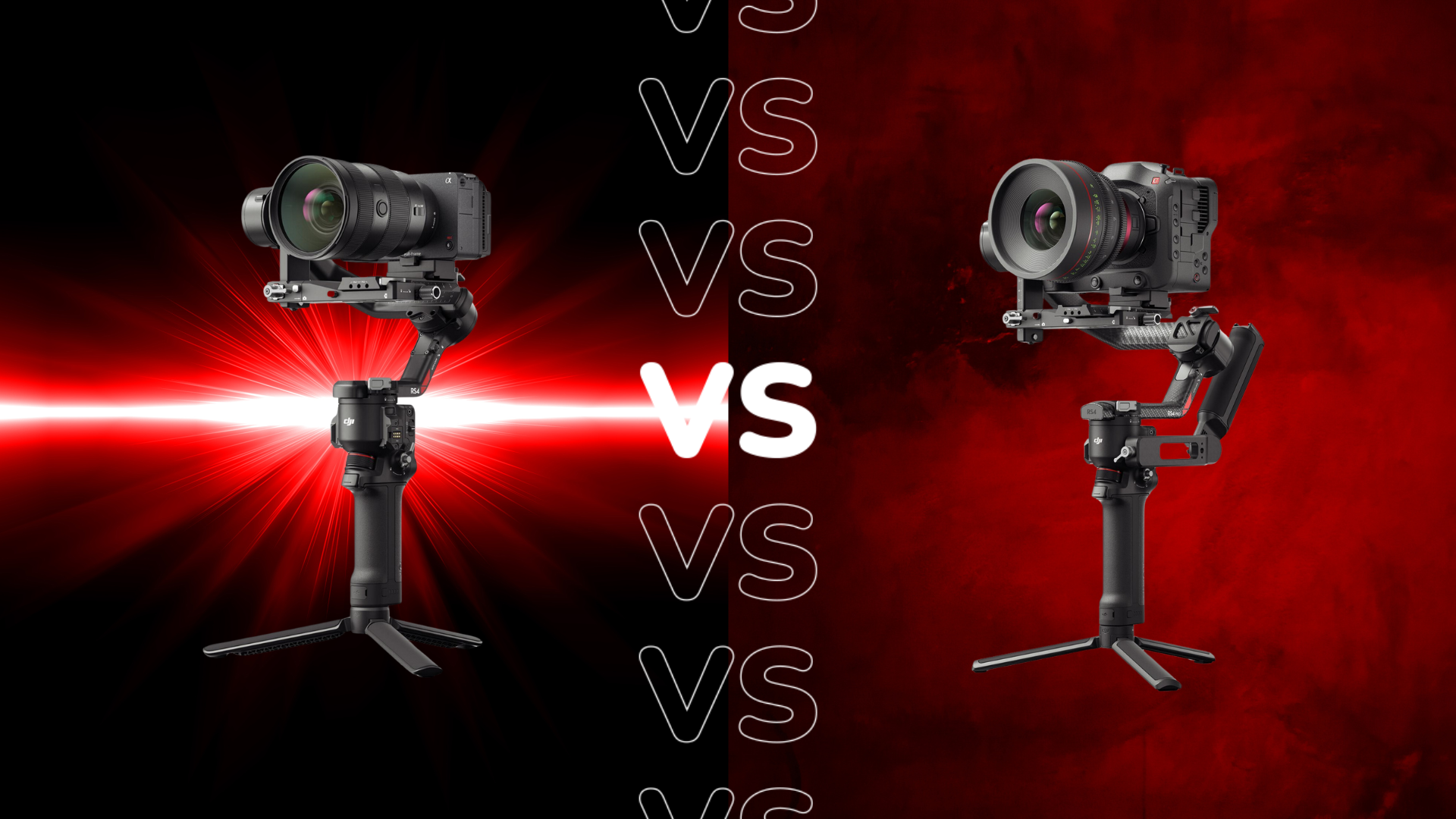Spotify vs YouTube Music: Which music streaming service is better?
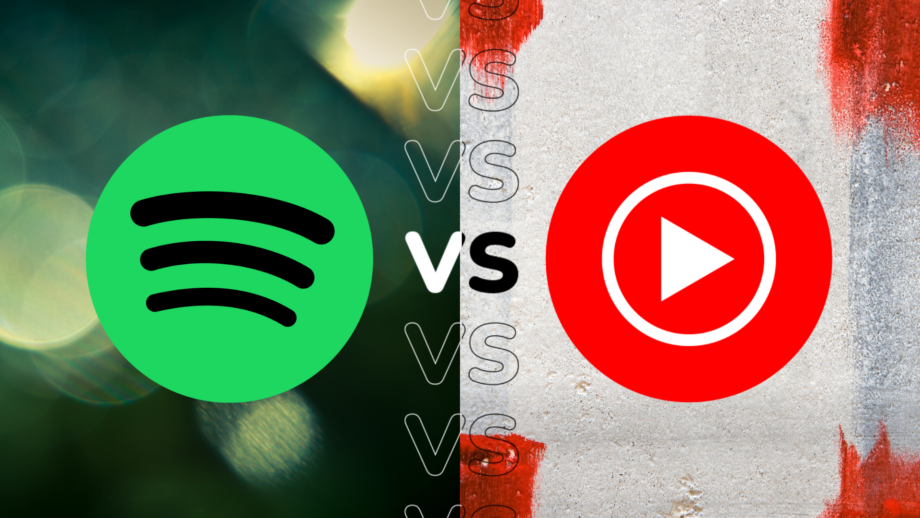
Spotify and YouTube Music are both popular music streaming platforms but, with such similar monthly costs, which one should you sign up for?
Both streaming services benefit from a huge library, inviting Premium users to listen to a variety of tracks and genres offline and ad-free.
Keep reading to learn how Spotify and YouTube Music compare when it comes to their price, interface, music and audio quality, and apps.
Pricing
Spotify has a free membership and a Premium tier.
The free version includes the same music and podcasts as the paid plan but with ads and no option to download music to listen offline. Free users are also restricted to listening to albums and playlists on shuffle and cannot access the highest streaming quality Spotify has to offer. For the best experience, you’ll want to opt for Spotify Premium.
Spotify Premium pricing:
- Individual: $9.99/£9.99/€9.99 a month
- Student: $4.99/£5.99/€4.99 a month
- Duo: $12.99/£13.99/€12.99 a month
- Family: $15.99/£16.99/€15.99 a month
YouTube Music also has a free version, but as with Spotify, you’ll need the Premium version to download music and listen ad-free. Like the regular YouTube app, you also can’t use the free version of YouTube Music with your screen locked or when browsing other apps.
YouTube Music Premium pricing:
- Individual: $9.99/£9.99/€9.99 a month
- Student: $4.99/£4.99/€4.99 a month
- Family: $14.99/£14.99/€14.99 a month
YouTube Music Premium is also available with a YouTube Premium membership for just $2/£2/$2 more on the Individual and Student plans and $5/£5/€5 more on the Family plan.
Both Spotify Premium and YouTube Music Premium currently come with a free 1-month trial for those who haven’t used the services before.
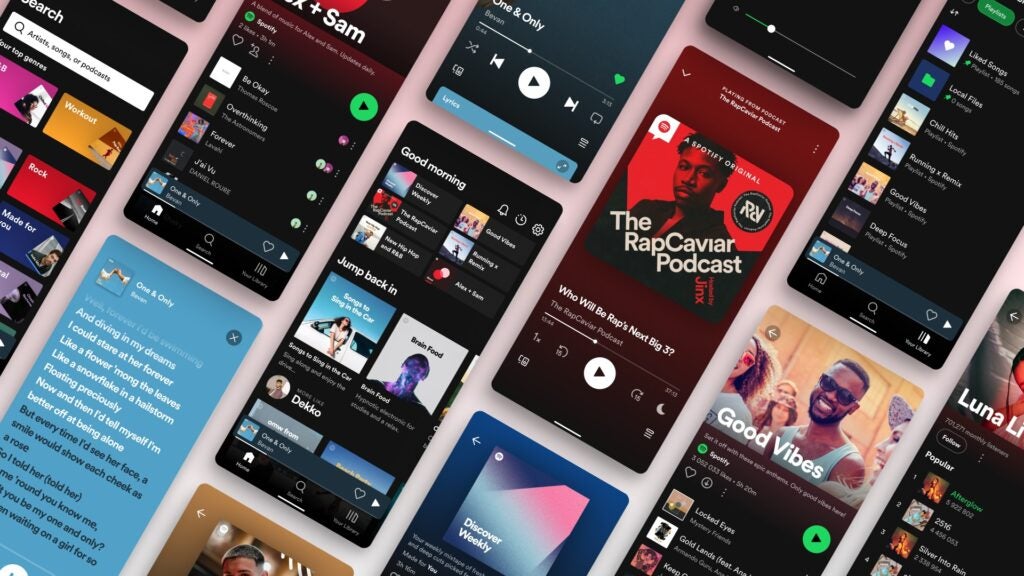
User interface
Spotify’s interface is dark with green accents and transparency effects across both its mobile and desktop apps.
The iOS and Android apps can be tricky to navigate at first with their three overlapping sections. There’s ‘Your Library’ for saved songs, albums and playlists, ‘Search’ for the search bar, charts, new releases and Spotify-curated playlists and ‘Home’ which includes a mix of everything.
There’s also a newer TikTok-style video feed that allows you to scroll down to discover new content.
YouTube Music has a similarly dark UI with a comparable range of categories to dip in and out of. There’s ‘Library’ for your own content, ‘Explore’ for new releases, charts and genres and ‘Home’ for recommendations, live streams and playlists.
There’s also a separate ‘Search’ icon that opens up the search bar.
Music and podcasts
Spotify offers a wide range of music, podcasts and – more recently – audiobooks. The streaming service’s library spans as wide as 80 million songs with Premium members able to stream at up to 320kbps through the desktop, mobile and tablet apps.
Free users are limited to 160kbps in the above apps or 128kbps in the web player, while Premium members stop at 256kbps in the web player. Unlike many of its competitors, Spotify has yet to roll out its long-awaited lossless tier, Spotify HiFi.
When it comes to exclusive content, Spotify doesn’t offer a huge amount of music outside of its Spotify Sessions recordings. However, it has been growing its exclusive podcast offering in recent years.
Like Spotify, YouTube Music boasts a library of around 80 million tracks. However, the service does not include audiobooks, and Google has yet to roll out podcasts on the streaming platform (though it has hinted it’ll do so soon).
When it comes to streaming quality, YouTube Music is available to stream at up to 256kbps for Premium members, while free users are limited to 128kbps. This puts the bitrate slightly behind Spotify for both free and paying users.
YouTube Music doesn’t appear to offer as much exclusive content but it does make it easier to find and watch music videos than Spotify, as you might expect from a service derived from one of the biggest video platforms on the internet.
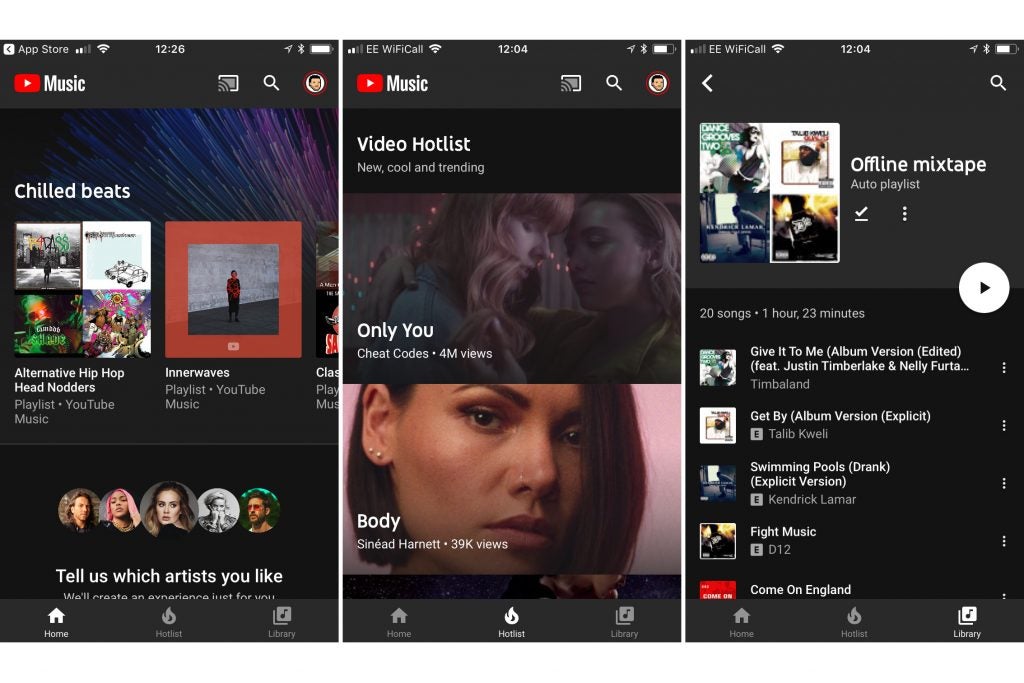
Devices
Both Spotify and YouTube Music are supported by apps that cover a variety of platforms and devices.
This includes apps for iOS and Android devices, as well as compatible TVs, cars, smartwatches and Sonos speakers.
Both streaming services also offer a web version for listening in your browser, while only Spotify offers Mac and Windows apps and compatibility with game consoles such as the PS5 and Xbox Series X.
Verdict
Spotify and YouTube Music are two popular streaming services that pack wide-ranging libraries of around 80 million tracks for just under $10/£10/€10 a month.
The two music services also offer similar dark interfaces with a comparable array of Premium perks, including ad-free streaming, offline listening and higher-quality audio.
However, Spotify has an edge with its higher bitrate, wider device support and growing podcast and audiobook libraries.




